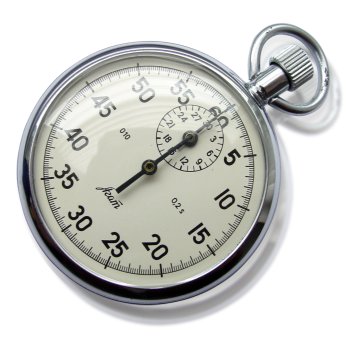 (This is the first in a series of articles analyzing the growing use of the no-huddle spread on college football.)
(This is the first in a series of articles analyzing the growing use of the no-huddle spread on college football.)
USC’s star-studded defense had a season for the ages in 2008. If you need proof, just look at the Troajns’ statistics. The USC D led the nation in yards per game, yards per play, scoring defense, passing yards per game, yards per pass attempt and passer rating.
Of course, such measures tell just a part of the story. What if the Trojans faced nothing but subpar offenses this season? Likewise, were the offenses USC faced bad, or did the Trojans’ opponents play lots of good defenses?
These kinds of discussions have gained steam this season as more teams have embraced the spread offense and started to put up Playstation-type offensive numbers. For example, in the Big 12, offensive numbers are skyrocketing, while defensive performances are plummeting. Are the conference’s wide-open offenses exploiting poor defenses, or are the defenses being victimized by these newfangled offensive attacks?
Homerism suspects our analyses of these kinds of questions have ignored a crucial aspect: tempo.
How quickly an offense operates can have a dramatic impact on a game and the opposing defense. First of all, playing faster typically means more plays per game. Fast-break offenses also tend to put defenses on their heels, preventing substitutions and alignment shifts. Then, there’s the matter of fatigue. Uptempo offenses give opposing defenses less time to rest, the effects of which are exacerbated when defenses can’t make substitutions.
We’ve developed ample statistics to gauge how offenses and defenses perform across a variety of factors. Other than time of possession, though, do any relate to tempo?
As a little Christmas present to Homerism’s faithful readers, I have taken it upon myself to create some helpful tempo-related statistics. For now, let’s just focus on measuring offensive pace.
If I had 10 or 15 years, I could sit around and chart every play run by every FBS team this season to determine their pace of play. However, using time of possession data seems like a good enough proxy to measure time. Consequently, dividing a team’s total time of possession by the number of plays run during the season offers a reasonable estimate of the amount of time that team uses to run a play. As that quotient–let’s call it “offensive tempo”–decreases, it indicates that the team uses less time per play, meaning that the team plays at a faster pace.
This year, the average team’s offensive tempo has been 26.712 seconds per play, with a median tempo of 26.905, according to data obtained from cfbstats.com and teamrankings.com. The 10 quickest teams in 2008:
Offensive Tempo (Seconds/Play)
1. Oregon (19.902)
2. Houston (20.781)
3. Troy (21.479)
4. Oklahoma (22.316)
5. Tulsa (22.819)
6. Missouri (22.936)
7. Northwestern (23.446)
8. Indiana (23.456)
9. Southern Miss (23.791)
10. Kansas State (23.804)
Not surprisingly, all of these teams implement the spread in one form or another. Many of these teams have pass-happy reputations, which could possibly explain the shorter time between plays, because incompletions stop the clock. However, the data doesn’t appear to bear this out. Only Missouri, Troy and Houston rank in the top 10 in pass attempts per game, and Tulsa and Oregon actually are among the top 10 in rushing attempts per game.
Now, let’s look at the 10 slowest teams:
Offensive Tempo (Seconds/Play)
111. Vanderbilt (29.369)
112. Virginia Tech (29.509)
113. Army (23.609)
114. Georgia (29.707)
115. Alabama (29.898)
116. Arkansas State (29.958)
117. Georgia Tech (30.222)
118. Ohio State (30.467)
119. Navy (30.640)
120. Northern Illinois (31.074)
In this case, there appears to be a stronger relationship between tempo and run-heavy styles. For instance, Navy, Georgia Tech, Army and Virginia Tech are among the top 10 teams in run attempts per game.
I’ll follow up over the coming days with more information and analysis.
Leave a comment